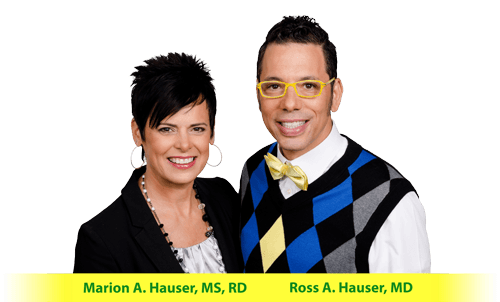Experiencing a migraine headache, or watching a loved one suffer from a migraine attack, can be excruciating and leave you feeling helpless. But there are potential solutions that do not involve pain medication or surgery.
A type of headache called cervicogenic headaches are often misdiagnosed as migraines. They are caused from a problem with the soft tissue structures in the neck and can be provoked by neck movement and reduced range of motion in the cervical spine. The pain may start in the neck and spread to the head. These headaches are frequently linked to neck trauma such as whiplash, or forward head posture such as that which occurs with prolonged computer usage.
Forward head posture weakens the ligaments that support the neck structures. For every inch of forward head posture, the force increases by an additional 10-12 pounds. Thus, a 12 pound head that sits forward 3 inches can create around 42 pounds of force, slowly overstretching the neck ligaments. When these ligaments are damaged, the muscles try to stabilize the head, but then scream for relief in the form of a crushing headache. Upon palpation along the base of the head and neck, tenderness or pain indicates weakness at the ligament attachments, the pain sensors of the body.
Of the 38 million people in the U.S. who suffer from migraine headaches, three quarters are women, so it’s not surprising that hormonal imbalances may also be a factor. Low progesterone levels are the common culprit. If the migraine occurs at a particular part of a woman’s menstrual cycle, a hormonal abnormality is likely, and natural hormone supplementation can help.
Traditional medications often provide only temporary relief. For long-term success against headaches and migraines, Prolotherapy to the cervical ligament attachments combined with hormonal supplementation, when necessary, can treat these dreaded migraines at the source of the problem.



